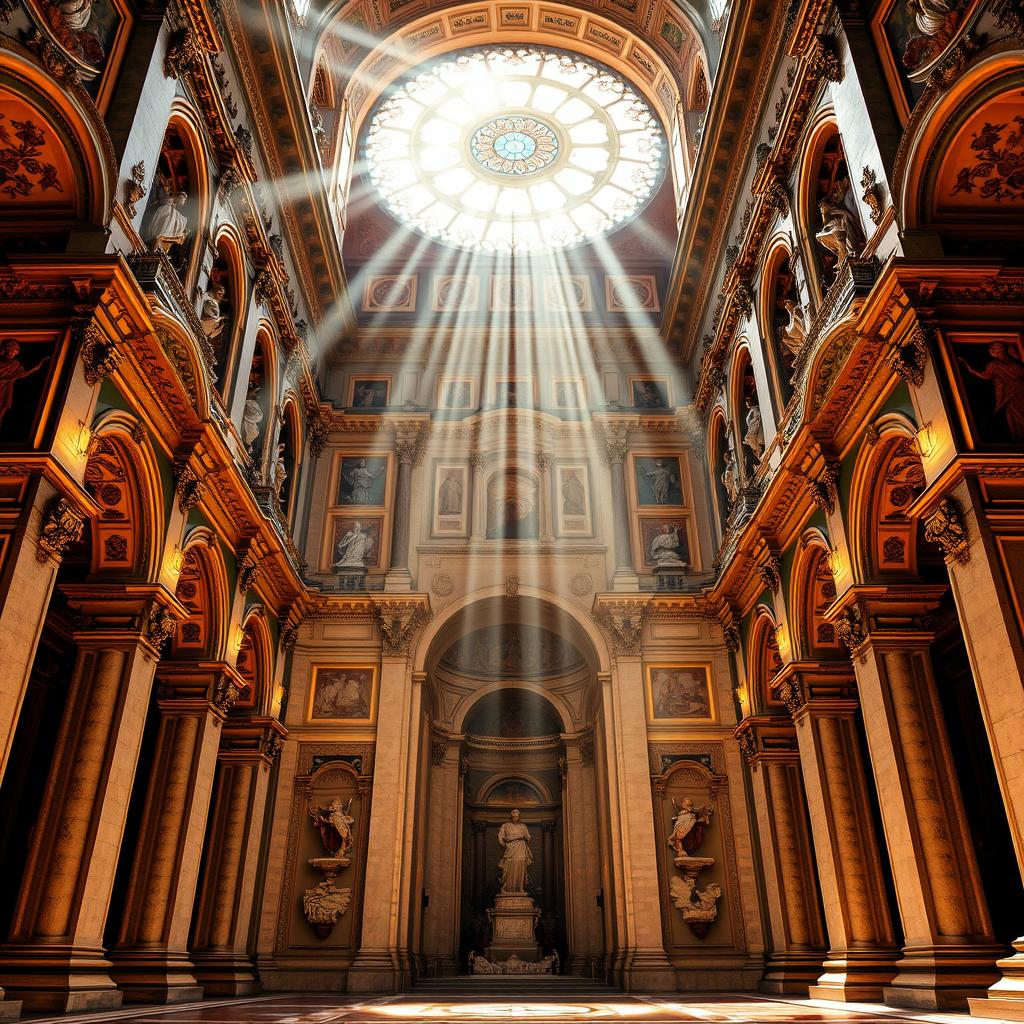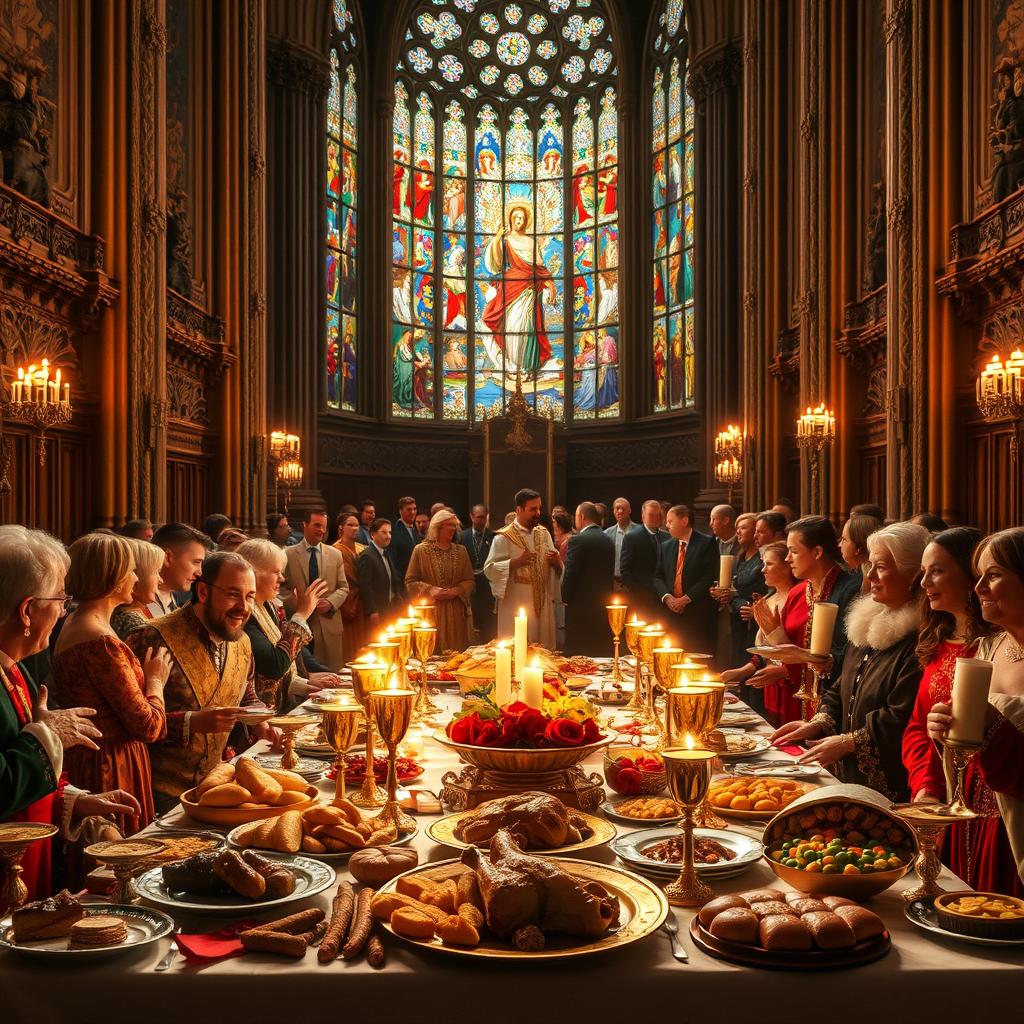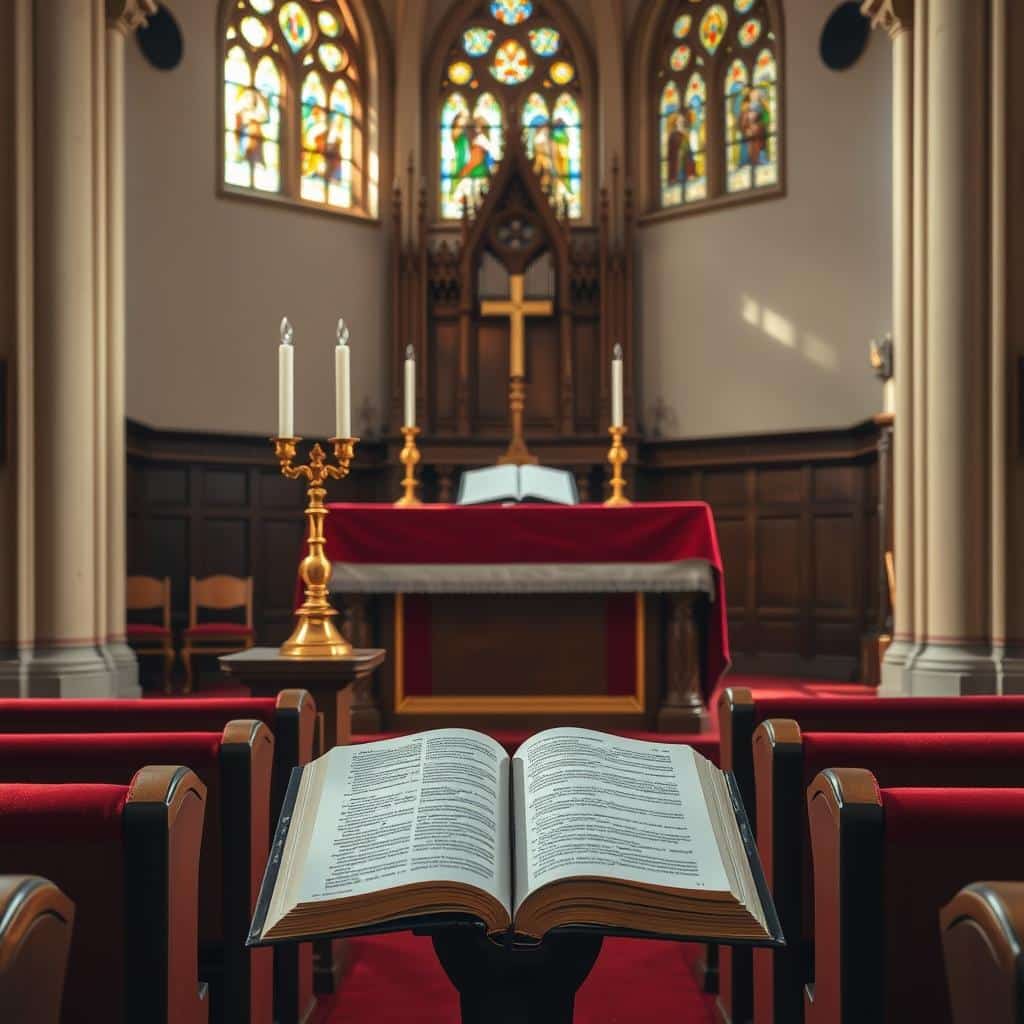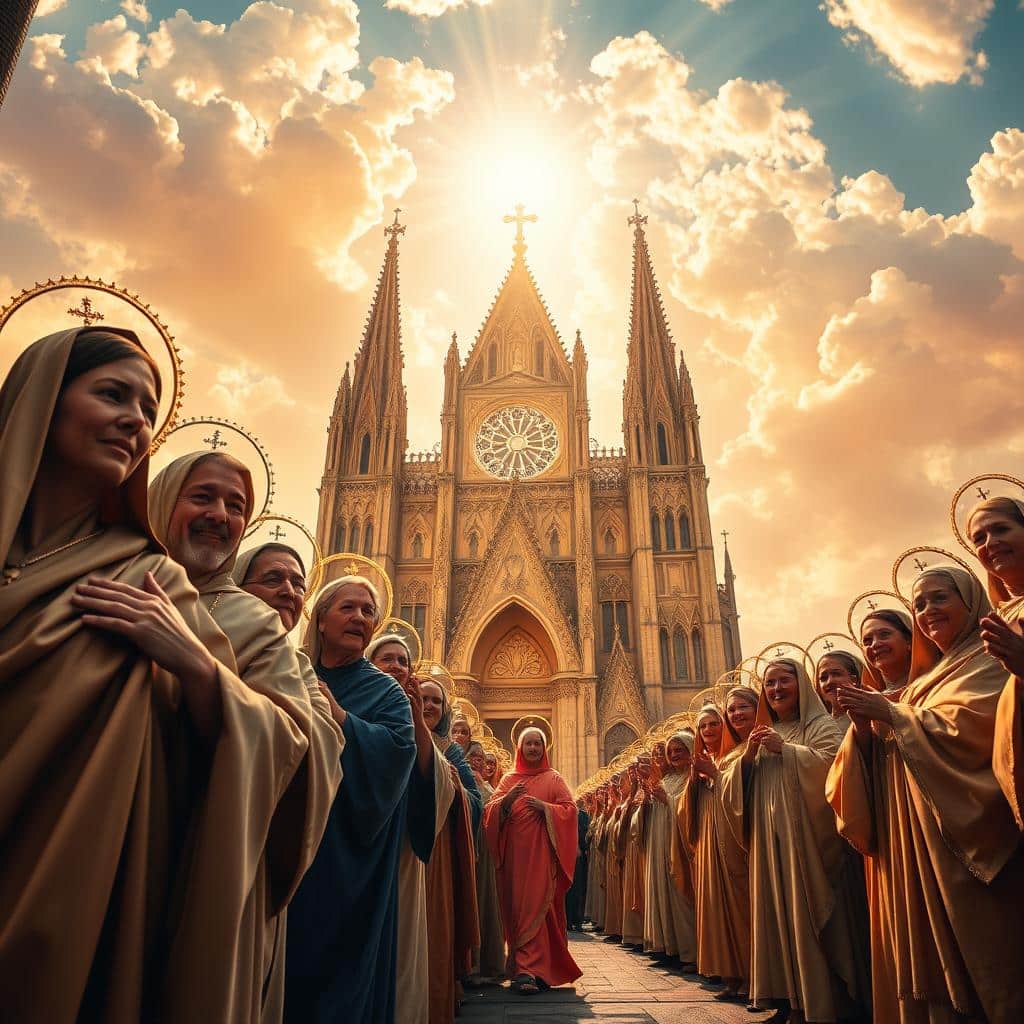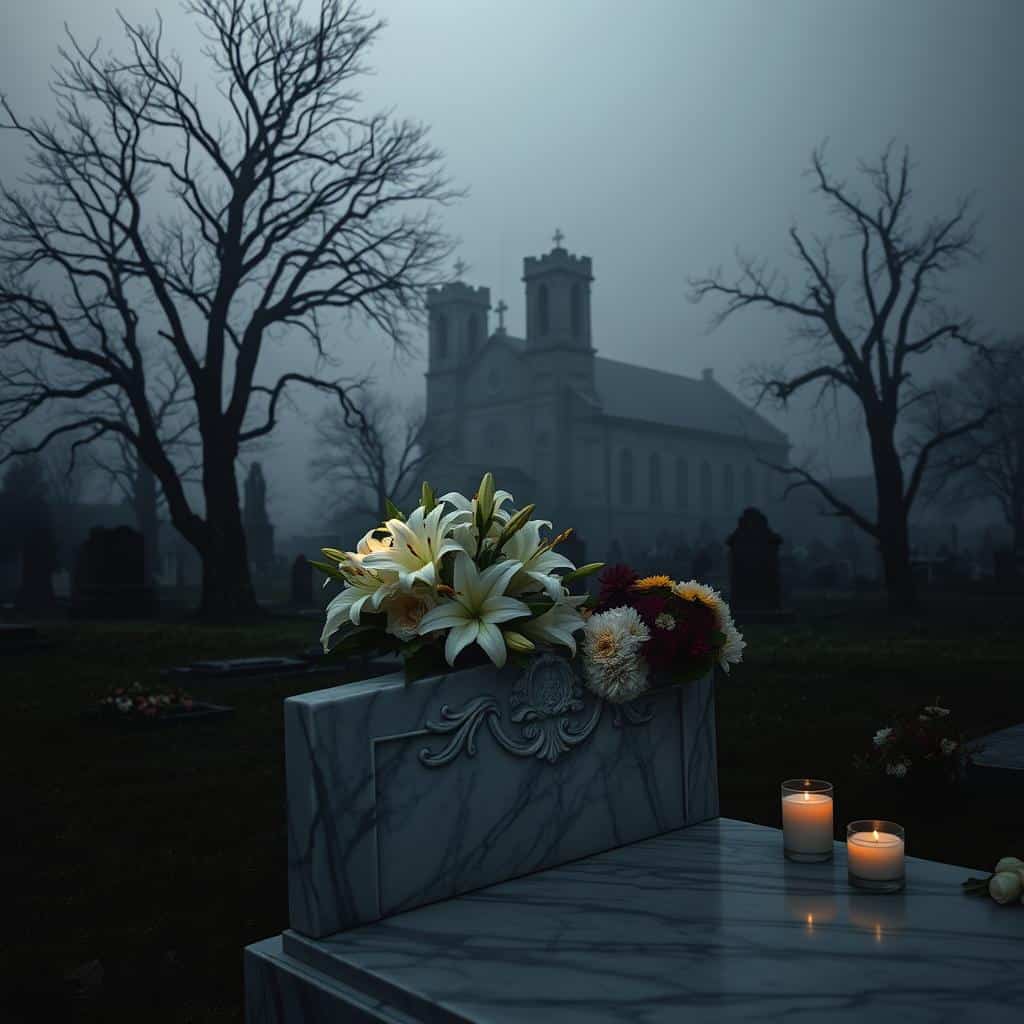The Feast of the Dedication of the Lateran Basilica in Rome marks a pivotal moment for the universal church. It frames the archbasilica as the cathedral of Rome and the mother church that shapes how Catholics worship today.
Consecrated in AD 324, this unique basilica honors Christ the Savior and the twin patrons John Baptist and John Evangelist. It holds the papal cathedra and bears the inscription naming it “Mother and Head of All Churches in Rome and in the World.”
The day’s readings — Ezekiel 47; Psalm 46; 1 Corinthians 3:9c-11,16-17; and John 2:13-22 — illuminate how sacred spaces point to a living temple built among the faithful. The site’s link to the lateran palace shows how imperial ground became the locus of Christian life.
This introduction previews a structured exploration of titles, ranks, and practical ways that Catholics in the United States can observe this feast with devotion and clear purpose.
Key Takeaways
- The archbasilica is the cathedral and mother church for Catholics worldwide.
- Its 324 AD consecration anchors a long history of worship and papal ministry.
- Scripture readings for the day reveal the meaning of consecrated spaces.
- Patronage of John Baptist and John Evangelist highlights dual dedication.
- The site’s palace origins show Rome’s transformation into a Christian center.
Why this feast matters for the Church and the world
The archbasilica’s title as “Mother and Head” shapes how communities see unity and mission. It names the cathedral that anchors the Bishop of Rome and signals apostolic continuity across time.
Since the 12th century this dedication became a liturgical marker for the whole Roman Rite. Celebrating the feast shows solidarity with the diocese rome and gratitude for a visible center that presides in charity.
The site points beyond architecture. It testifies to a living church where saints john and Christ remain primary. That bond invites renewed faith and practical mission in parishes across the world.
- Unity: The cathedral status of john lateran gives liturgical precedence and catechesis about sacred places.
- Witness: Honoring this day links local churches to the wider family of basilicas, including the four major basilicas.
- Prayer: Marking the celebration encourages support for the bishop rome and the diocese rome as they serve the global church.
St. John Lateran: the Mother Church and cathedral of Rome
The john lateran archbasilica grew from a private estate into the visible seat of Rome’s bishop. As a landmark place, it anchors worship, law, and memory in one enduring structure.
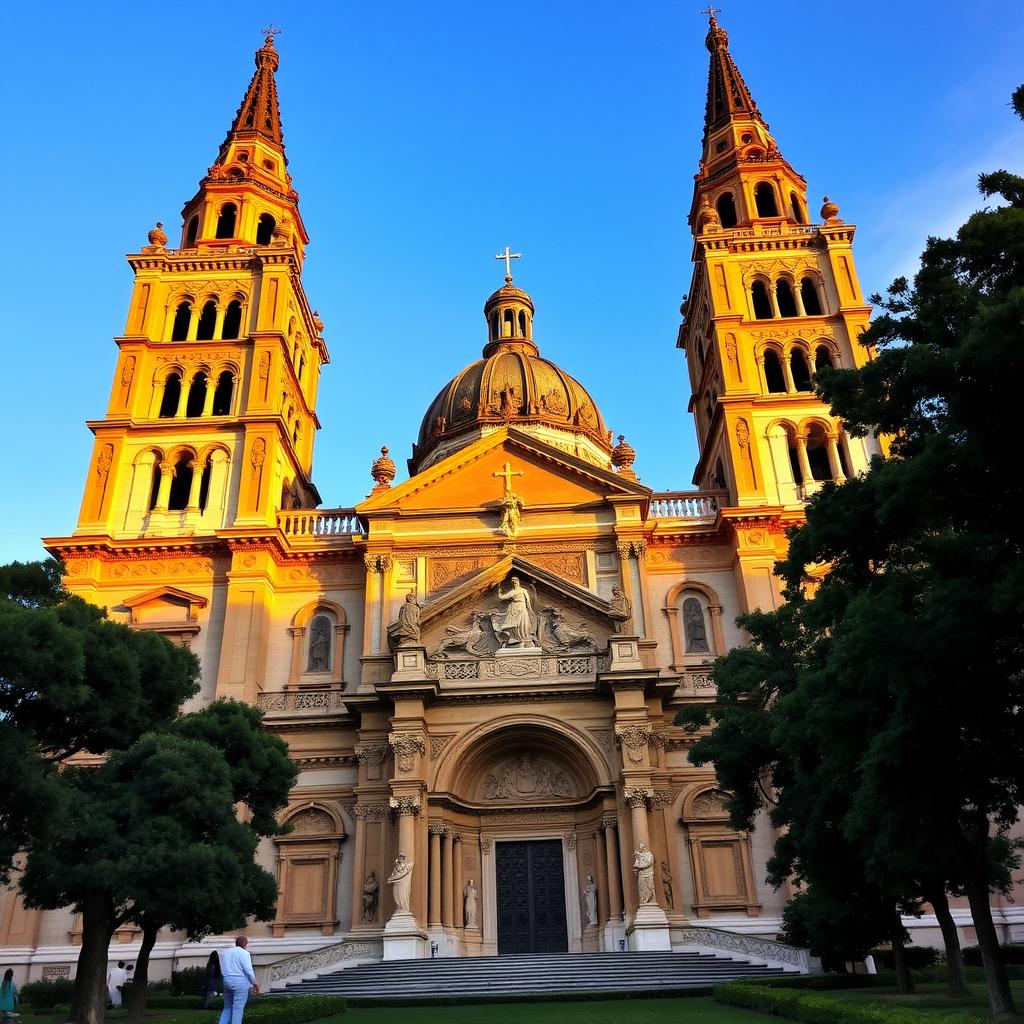
From a family estate to the pope’s cathedra
The site began as the Lateran family property. Later, the lateran palace became imperial land and was given by emperor constantine to the Church. That gift allowed pope sylvester to preside over the historic dedication in AD 324 to christ savior.
Co-patrons, fires, and rebuilding
Co-dedications to john baptist and john evangelist followed, making this st. john site both cathedral and mother church. It served as a papal residence in the Middle Ages and survived fires in 1307 and 1361.
Inscription, authority, and continuity
The famous inscription calling it “Mother and Head of All Churches in Rome and in the World” proclaims pastoral role for the diocese rome. The papal cathedra in the apse remains the visible sign of the bishop rome’s teaching authority across time.
- Architectural markers: obelisk, ancient foundations, later reconstructions by Sixtus V and Galilei.
- Legal status: extraterritorial standing under the 1929 treaty.
Feast of the Dedication of the Lateran Basilica in Rome: the day’s readings at a glance
The liturgy gathers four readings that form a unified vision: sanctuary, refuge, foundation, and the Lord who purifies his house. These texts invite worshipers to see both the visible building and the community within as sacred.
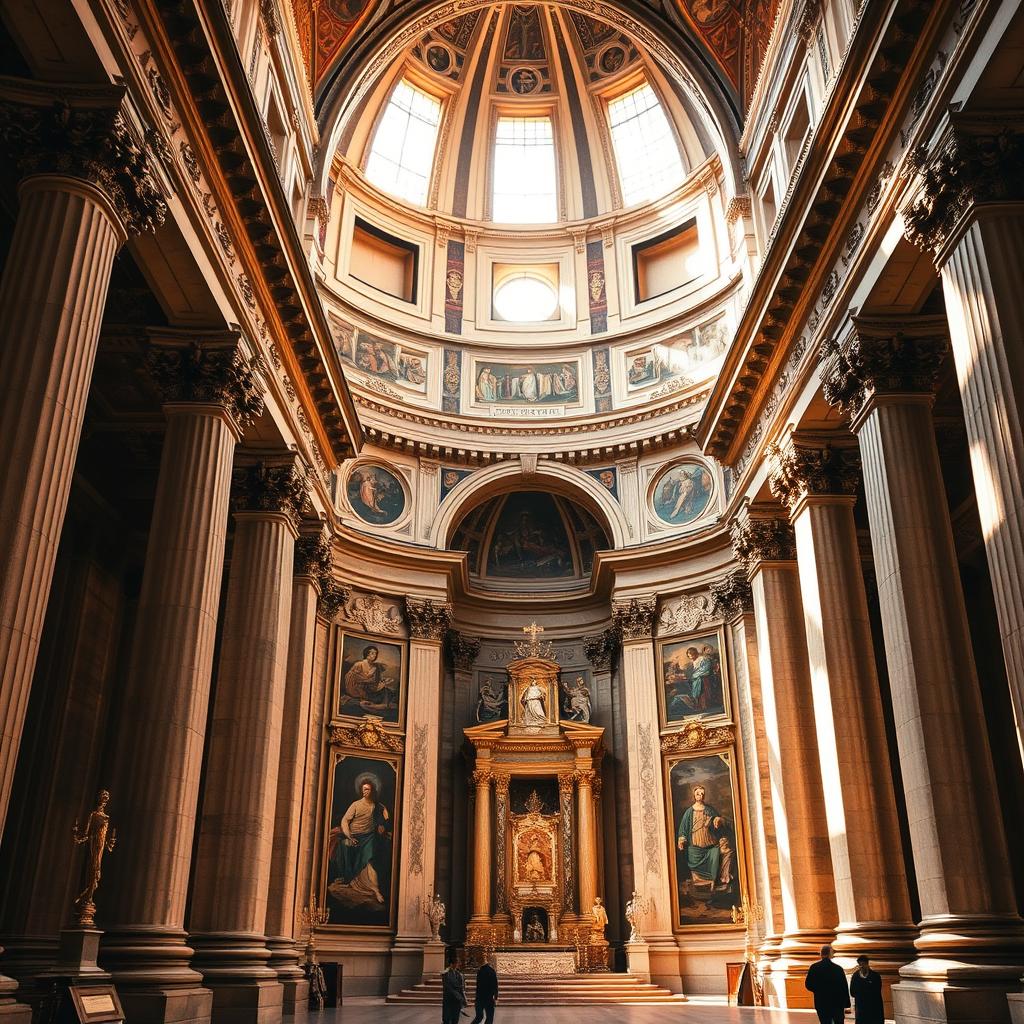
Ezekiel 47: the river of life flowing from God’s house
Ezekiel 47:1-2, 8-9, 12 shows water issuing from the temple that heals and nourishes. The image sets the theological tone for this celebration and links prophecy to sacred place.
Psalm 46: God is our refuge, the city of God rejoices
The responsorial Psalm (46:2-3, 5-6, 8-9) names God as refuge. It pictures the city where God dwells and lifts up worship as communal joy. This psalm helps the faithful relate building and people.
1 Corinthians 3: living stones and the one foundation, Christ
Paul (1 Cor 3:9c-11, 16-17) teaches that believers are God’s temple, built on Christ alone. The Preface and Communion antiphon echo this by calling Christians living stones in a spiritual house.
John 2: Jesus cleanses the Temple and reveals the true sanctuary
John 2:13-22 records Jesus driving out sellers and calling his body the true temple. This Gospel links zeal for the Father’s house with the mystery of Christ. It frames how st. john lateran and other basilicas point to him.
Liturgical time here unites prophecy, prayer, teaching, and Gospel action. The readings call readers to reverence for sacred places and a renewed life as part of God’s household.
What the Scriptures say about sacred buildings and a living Church
Scripture reframes stones and altars to show how God makes people into a living sanctuary. The readings weave a clear image: visible place points to an invisible reality.
From temple stones to a spiritual house: “you are God’s building”
1 Corinthians 3 calls the faithful God’s building and names believers the temple of the Spirit. This text shows that the true foundation is Christ, not mortar.
Baptism and Eucharist: how Christ builds his people
Ezekiel 47’s life-giving river prefigures Baptism and Eucharist. Water and bread bind the community into one body. John 2 then explains that Christ is the definitive sanctuary: zeal for the Father’s house points to his risen Body as the true dwelling.
Psalm 46 comforts worshipers with the city of God as refuge. Together these readings make the dedication lateran a reminder that buildings teach faith while the church itself is formed by Word and sacrament.
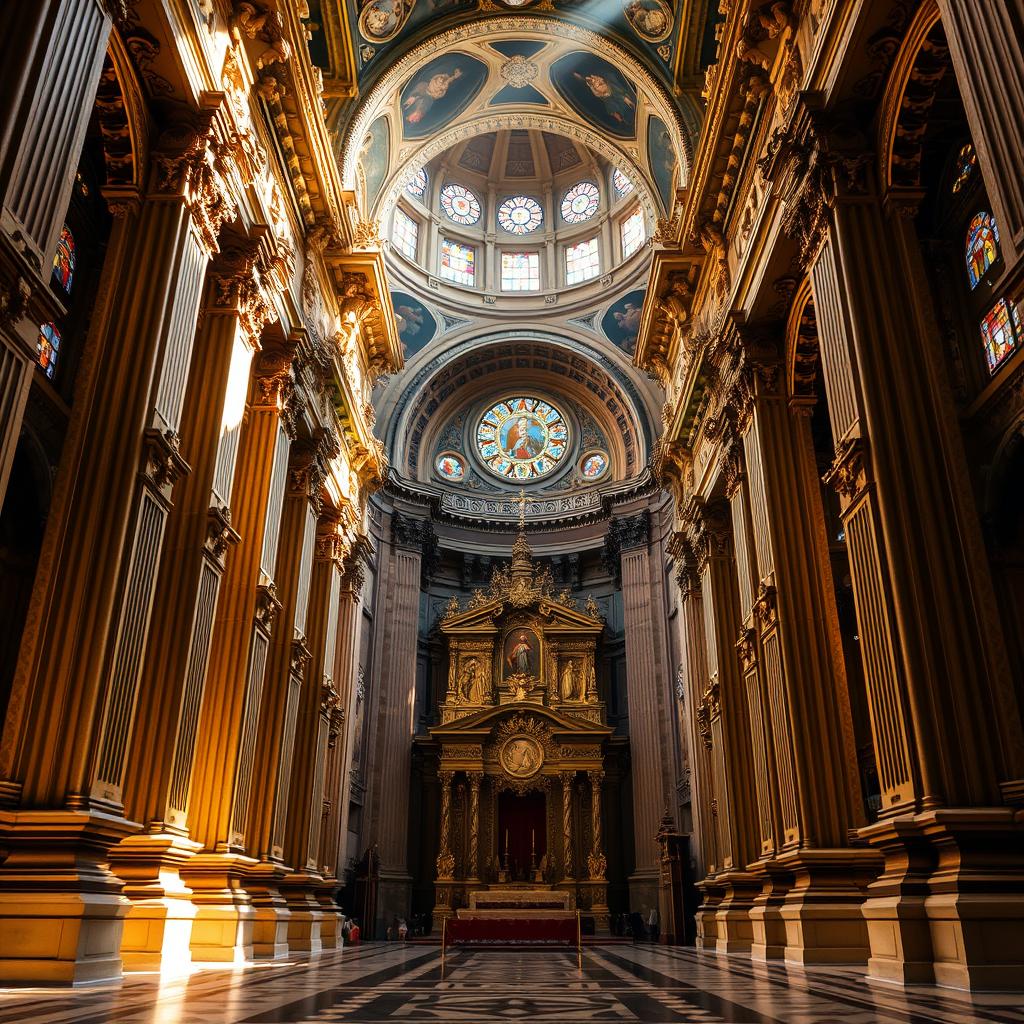
| Reading | Image | Spiritual meaning |
|---|---|---|
| Ezekiel 47 | River | Baptism and life flowing into the community |
| Psalm 46 | City | God as refuge in worship |
| 1 Corinthians 3 | Stone | Believers as temple, Christ the foundation |
| John 2 | Sanctuary | Christ’s body as true dwelling |
Lateran Basilica or St. Peter’s? Understanding titles, ranks, and roles
Names given to Rome’s sacred buildings show how the church orders worship and ministry. These titles point to function, history, and pastoral care more than to size or fame.
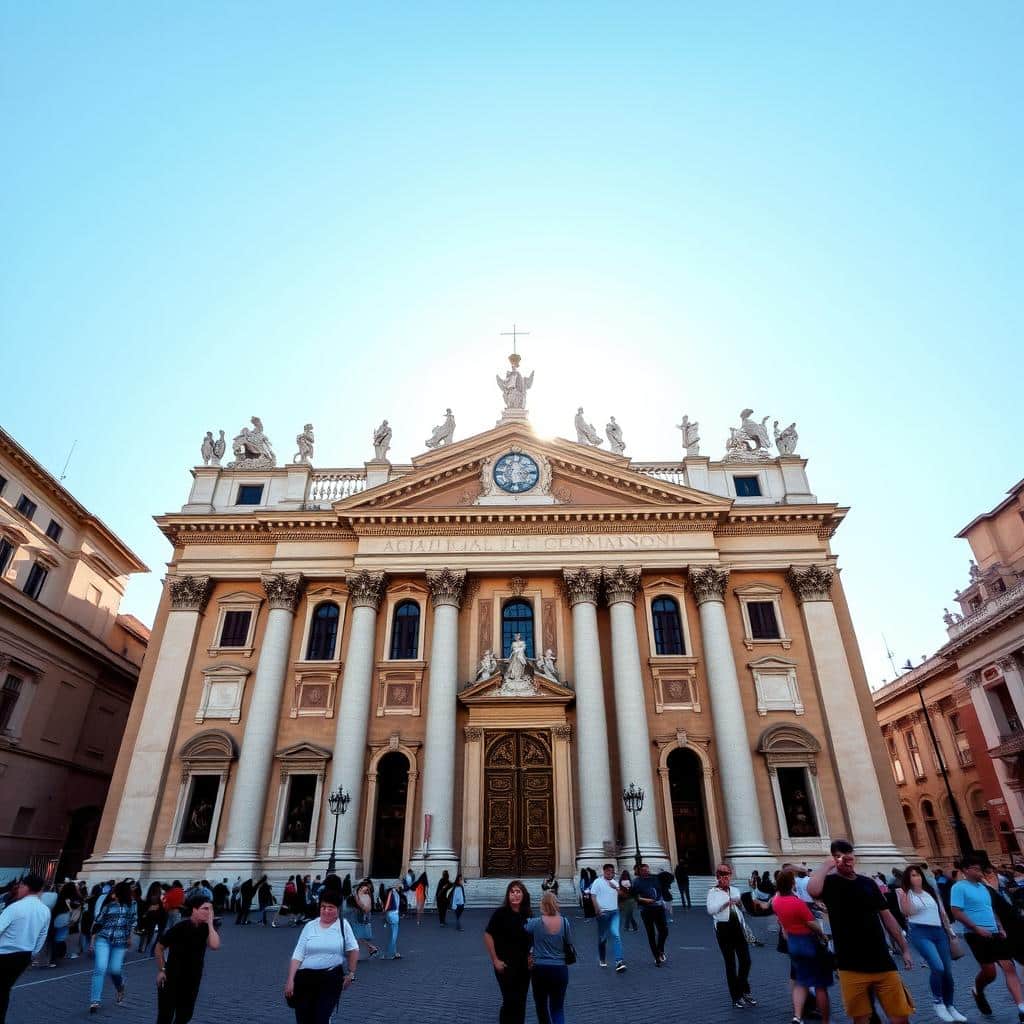
Archbasilica vs. basilica vs. cathedral: what each title means
Cathedral denotes the church that houses the bishop’s cathedra, the seat of diocesan authority.
Basilica is an honor granted by the Pope for pastoral, historical, or architectural importance.
The title archbasilica is unique and combines both honor and primacy; that special status explains why this archbasilica stands above other famous sites.
The four major basilicas: St. John Lateran, St. Peter’s, St. Paul Outside the Walls, St. Mary Major
These four major basilicas form a pastoral network for pilgrims and the faithful. Each has a distinct role while serving a common mission to gather, teach, and send disciples.
| Name | Role | Distinctive feature |
|---|---|---|
| St. John Lateran | Cathedral and archbasilica | Holds the Bishop of Rome’s cathedra |
| St. Peter’s | Papal basilica | Global pilgrimage site and tomb of Peter |
| St. Paul Outside the Walls | Papal basilica | Martyr’s burial and monastic tradition |
| St. Mary Major | Papal basilica | Marian devotion and early Christian mosaics |
A brief timeline: fires, reconstructions, and the enduring seat of the Bishop of Rome
From its beginning as an imperial gift, this complex bears traces of many eras. The lateran palace links ancient authority to later church life under emperor constantine.
From the Lateran Palace to today
From the Lateran Palace to today: papal residence and diocesan hub
Early centuries saw pope sylvester preside in a converted palace that later served as the main papal residence in the Middle Ages. During that time, popes governed, hosted councils, and guided Rome’s faith life.
Devastating fires in 1307 and 1361 prompted major rebuilding. In later centuries, Pope Sixtus V led structural renewal and Alessandro Galilei completed the neoclassical façade in 1735. The Lateran Obelisk remains a visible link to antiquity.
After the Avignon period and subsequent papal return, many popes shifted household functions to the Vatican. Still, john lateran retained primacy as the seat of the bishop rome and a center among other basilicas and churches rome.
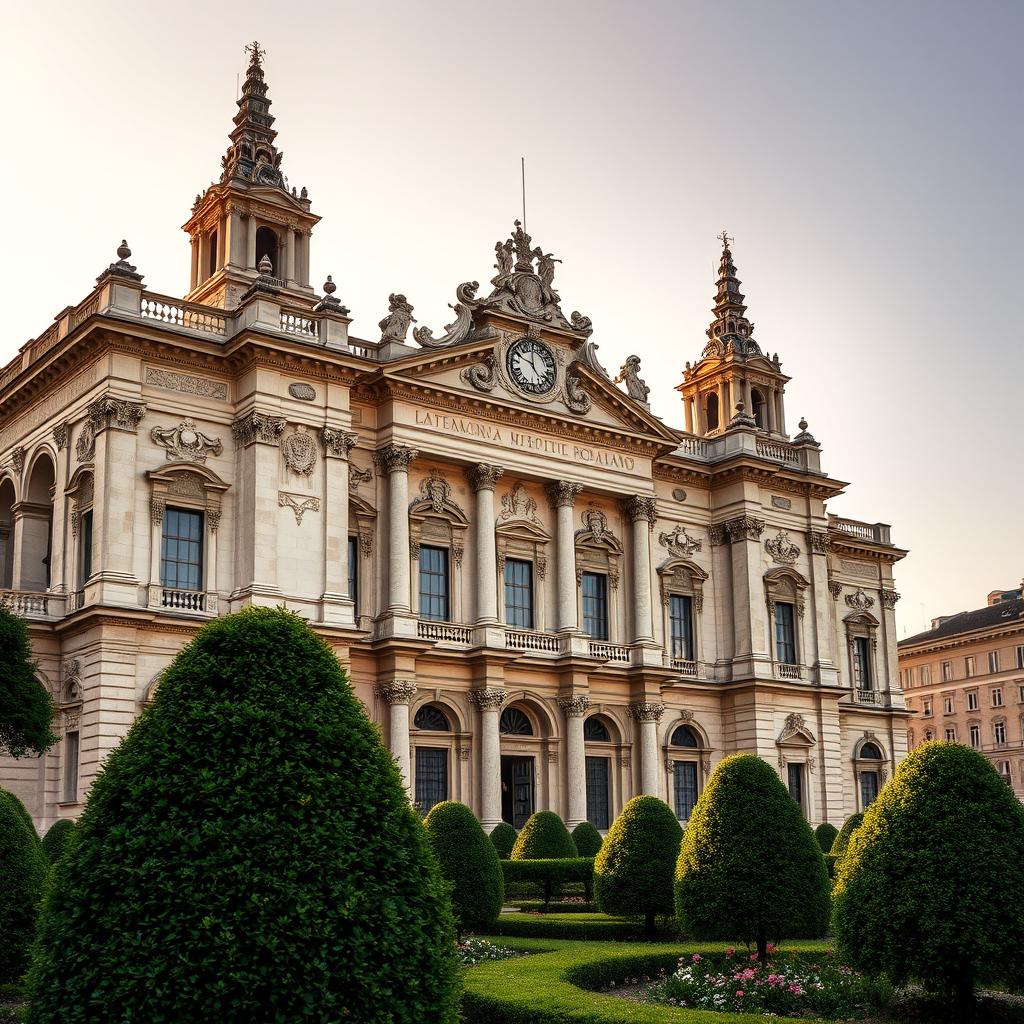
| Era | Event | Significance |
|---|---|---|
| 4th century | Imperial gift to Church | emperor constantine and early dedication by pope sylvester |
| 14th century | Fires of 1307 & 1361 | Major reconstruction needed |
| 16th–18th c. | Sixtus V works; Galilei façade (1735) | Architectural renewal and artistic patronage |
| 20th century | Lateran Treaty | Extraterritorial status, continued episcopal seat |
How to celebrate this feast today in the United States
Parishes and families across the United States can mark this celebration with simple actions that tie local worship to the See of Peter. Small rituals, clear teaching moments, and reliable resources make the day meaningful for all ages.

Pray for the pope and the Diocese of Rome
Begin with prayer. Invite intentions for the Pope and for the Diocese of Rome, naming their pastoral service for the world.
Parishes can include a brief intercession during Mass or a dedicated Holy Hour. Families may add a short prayer after evening prayer.
Renew baptismal promises and reflect on being “living stones”
Encourage a public renewal of baptismal promises at Mass or a simple home rite where the Creed is prayed intentionally. This ties ritual to the day’s theme of believers as a spiritual house.
Children can be invited to place a small stone or card in a prayer corner to symbolize each person’s role in the church.
Explore resources: basilicasangiovanni.va, EWTN, and Catholic Culture
Use trusted sources for history, liturgical texts, and practical activities. The official basilicasangiovanni.va site offers authoritative notes on art and worship. EWTN and Catholic Culture supply homily helps, family activities, and bulletin items.
| Action | Practical steps | Benefit |
|---|---|---|
| Prayer for Pope | Include intercessions in Mass; adopt a household intention | Fosters unity with the See of Peter |
| Renewal rite | Pray Creed; short baptismal renewal at Mass or home | Connects participants to living stones theme |
| Learning & tools | Use basilicasangiovanni.va, EWTN, Catholic Culture; offer virtual tours | Deepens knowledge of john lateran and lateran palace history |
Parish educators can give brief catechetical moments distinguishing cathedral, basilica, and archbasilica, using st. john lateran as a case study. Encourage participation in parish life and service as a concrete way to live out being built into a spiritual house today.
Conclusion
, A single church can bind centuries of history to present acts of worship and service.
This conclusion affirms that the dedication lateran basilica invites deeper communion with the mother church at Rome. Scripture, liturgy, and history meet at st. john to reveal Christ the savior as the true sanctuary and source who builds a living church.
Remember emperor constantine’s gift and the lateran palace residence that shaped time and place. The archbasilica stands with the four major and links to peter basilica, paul outside walls, and other basilicas as signs of unity across the world.
Readers are encouraged to pray for the Pope, renew sacramental life, and learn more about st. john lateran to live the feast in service and gratitude.
